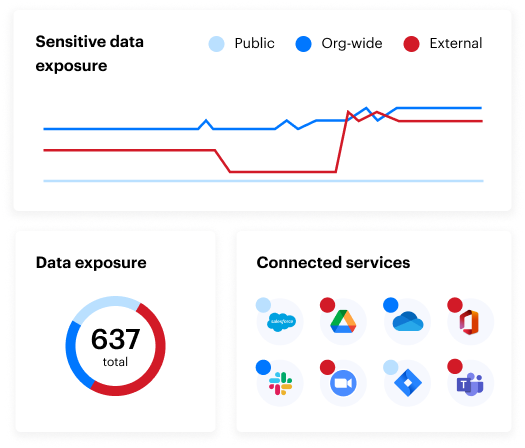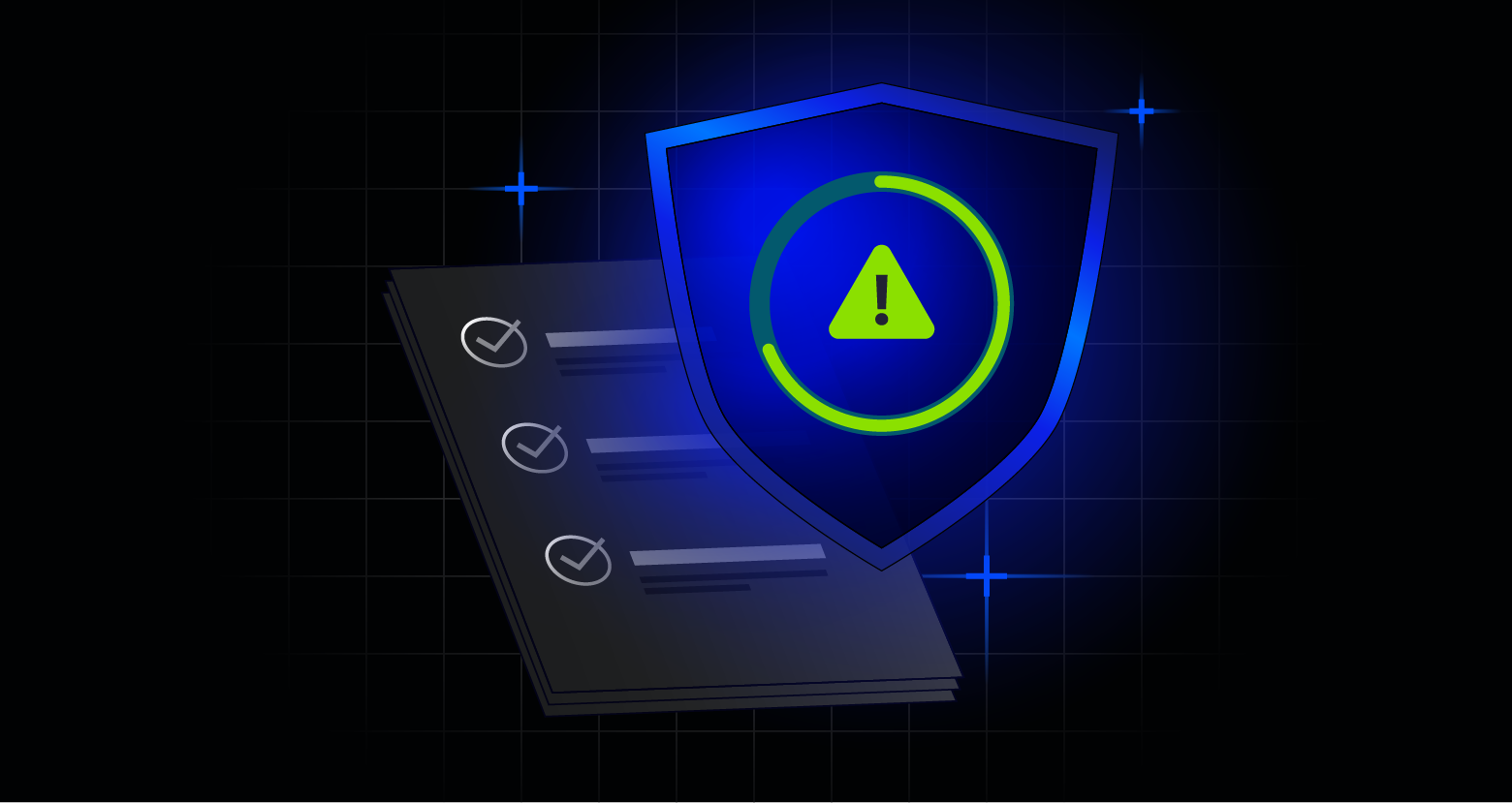Organizations are under increasing pressure to meet regulatory requirements. From GDPR and HIPAA to CMMC, compliance frameworks are designed to ensure that sensitive data is handled responsibly. However, a common misconception persists that being compliant means being secure. This assumption can be dangerously misleading, especially when it comes to data.
The compliance illusion
Compliance is often seen as a checklist. Organizations implement controls, document policies, and pass audits. But these activities, while important, are not synonymous with security. Compliance frameworks are typically reactive, based on known threats and historical breaches. Security, on the other hand, must be proactive, adaptive, and continuous.
A company may encrypt its data at rest to meet a compliance requirement. However, if the same data is accessible to too many users, or if access logs aren’t monitored, the encryption does little to prevent insider threats or misuse.
Data is the center of risk
Data is the lifeblood of modern organizations and the primary target for attackers. Whether it’s intellectual property, customer information, or classified government data, the value of data makes it a high-risk asset. Yet many compliance frameworks focus more on processes and infrastructure than on data itself.
Security must start with understanding where sensitive data lives, who has access to it, and how they use that data. Without this visibility, organizations are flying blind — even if they’re technically compliant.
Consider a healthcare provider who encrypts patient records and implements access controls to meet HIPAA requirements. An employee could download thousands of records over several weeks undetected. The organization was compliant, but not secure.
Also consider a defense contractor who passes a CMMC Level 2 audit but stores sensitive project data in a MongoDB instance with overly permissive access. A misconfigured firewall exposes the database to the internet. Again, compliant — but vulnerable.
These examples highlight a critical truth: compliance is a snapshot; security is a movie.
The gaps between compliance and security
Here are some key gaps that often exist between compliance and true data security:
Static vs. dynamic
Compliance controls are often static; they’re set once and reviewed periodically. Relying solely on static compliance controls leaves organizations exposed to evolving threats that require real-time detection and response. Security requires dynamic monitoring, real-time alerts, and behavioral analytics.
Scope limitations
Compliance may only cover specific systems or data types. When compliance only covers select systems or data types, attackers can exploit overlooked assets like shadow IT or cloud backups. Security must encompass all data, including shadow IT, backups, and cloud services.
User behavior
Compliance rarely addresses insider threats or misuse. Without monitoring user behavior, compliance frameworks miss the subtle signs of insider threats and data misuse that proactive security can catch. Security must analyze user behavior to detect anomalies and prevent data leaks.
Incident Response
Compliance may require an incident response plan. A compliance-driven incident response plan may exist on paper, but without regular testing and team readiness, organizations risk slow or ineffective breach containment. Security demands actual readiness — tested playbooks, trained teams, and rapid containment.

Bridging the gap: a data-centric approach
To move beyond compliance and toward true security, organizations must adopt a data-centric security strategy. This includes:
Data discovery and classification
Identify where sensitive data resides, both structured and unstructured, and classify it based on risk. Classification ensures that sensitive data is identified and prioritized for protection, reducing the risk of accidental exposure or targeted attacks.
Access governance
Ensure that only the right people have access to the right data and remove excessive permissions. Effective access governance prevents unauthorized access and limits the potential damage from excessive permissions or privilege misuse.
Behavioral analytics
Use a UEBA solution to monitor how users interact with data and detect abnormal behavior. Behavioral analytics detect abnormal user actions, helping organizations catch insider threats and data misuse that compliance alone may overlook.
Automated remediation
Implement workflows that automatically revoke access, quarantine files, or alert security teams. Automated remediation enables rapid response to threats by instantly revoking access or quarantining files, minimizing the impact of security incidents.
Continuous monitoring
Security is not a quarterly exercise — it requires 24/7 visibility and alerting. Continuous monitoring provides real-time visibility into data activity, allowing organizations to detect and respond to threats before they escalate.
Compliance as a starting point
This isn’t to say compliance is irrelevant. In fact, it’s a valuable baseline. It provides structure, accountability, and a shared language for risk. But it must be viewed as the starting point, not the finish line.
Security teams should use compliance frameworks to guide their security strategy, but to ensure resilience, they should also ask:
- What risks does this control actually mitigate?
- What threats are we still exposed to?
- How can we validate that our data is truly secure?
In a world where data breaches are increasingly sophisticated and damaging, organizations cannot afford to equate compliance with security. Compliance may keep auditors satisfied, but it won’t stop attackers. True security requires a deeper, data-centric approach, one that prioritizes visibility, behavior, and proactive defense.
By shifting the mindset from “checklist” to “continuous protection,” organizations can safeguard their most valuable asset: data.
Interested in understanding the gaps in your current environment? Schedule a free Data Risk Assessment.
What should I do now?
Below are three ways you can continue your journey to reduce data risk at your company:
Schedule a demo with us to see Varonis in action. We'll personalize the session to your org's data security needs and answer any questions.
See a sample of our Data Risk Assessment and learn the risks that could be lingering in your environment. Varonis' DRA is completely free and offers a clear path to automated remediation.
Follow us on LinkedIn, YouTube, and X (Twitter) for bite-sized insights on all things data security, including DSPM, threat detection, AI security, and more.


.png)




